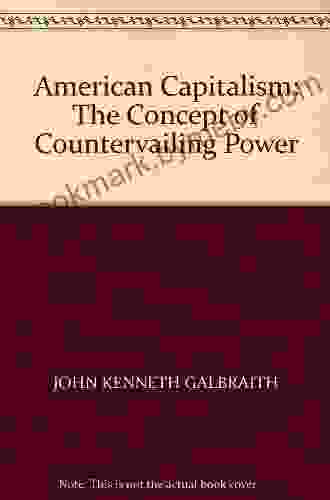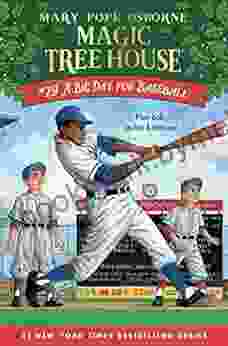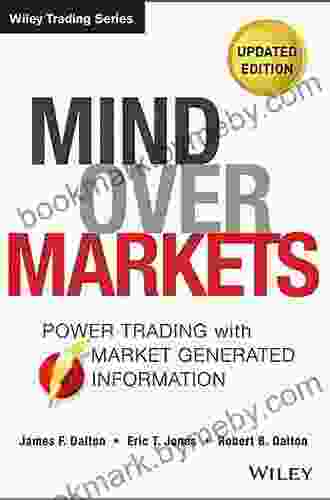American Capitalism: The Concept of Countervailing Power

American capitalism has long been characterized by its emphasis on competition and free markets. However, in the mid-20th century, economist John Kenneth Galbraith argued that the traditional view of capitalism was incomplete. He proposed the concept of countervailing power, a force that could balance the power of large corporations and ensure a more equitable distribution of wealth and power in the economy.
The Concept of Countervailing Power
Galbraith believed that in a free market economy, the power of large corporations could lead to the concentration of wealth and power in the hands of a few. This concentration of power could allow corporations to exploit consumers and workers, stifle innovation, and undermine democracy.
4.6 out of 5
| Language | : | English |
| File size | : | 81565 KB |
| Screen Reader | : | Supported |
| Print length | : | 208 pages |
To address this problem, Galbraith proposed the concept of countervailing power. Countervailing power is the power that consumers and labor unions have to counterbalance the power of large corporations. By organizing and acting collectively, consumers and workers can ensure that they are not exploited and that they have a voice in the economy.
The Role of Countervailing Power in American Capitalism
Countervailing power plays a vital role in American capitalism. It helps to maintain competition, empower consumers and workers, and drive innovation.
Competition: Countervailing power helps to maintain competition by preventing large corporations from becoming too dominant. When corporations have too much market power, they can set prices and output levels that are not in the best interests of consumers. Countervailing power helps to ensure that corporations are competing for consumers' business, which leads to lower prices and more innovation.
Consumers: Countervailing power empowers consumers by giving them a voice in the economy. Consumers can use their collective power to demand higher quality products and services at lower prices. They can also use their power to support businesses that are socially responsible and environmentally friendly.
Workers: Countervailing power empowers workers by giving them a voice in the workplace. Labor unions can negotiate for higher wages, better working conditions, and more benefits. Unions also play a role in ensuring that workers are treated fairly and that their rights are protected.
Innovation: Countervailing power drives innovation by creating incentives for businesses to develop new products and services. When businesses know that they are competing for consumers' business, they are more likely to invest in research and development. This investment leads to new and innovative products and services that benefit consumers and the economy as a whole.
The concept of countervailing power is a vital part of American capitalism. It helps to maintain competition, empower consumers and workers, and drive innovation. By understanding the role of countervailing power, we can better understand the American economy and its unique strengths and weaknesses.
Call to Action
If you are interested in learning more about the concept of countervailing power, I encourage you to read John Kenneth Galbraith's book, American Capitalism: The Concept of Countervailing Power. This book provides a detailed explanation of the concept and its role in the American economy. It is a must-read for anyone who wants to understand the dynamics of capitalism.
4.6 out of 5
| Language | : | English |
| File size | : | 81565 KB |
| Screen Reader | : | Supported |
| Print length | : | 208 pages |
Do you want to contribute by writing guest posts on this blog?
Please contact us and send us a resume of previous articles that you have written.
 Book
Book Novel
Novel Page
Page Chapter
Chapter Text
Text Story
Story Genre
Genre Reader
Reader Library
Library Paperback
Paperback E-book
E-book Magazine
Magazine Newspaper
Newspaper Paragraph
Paragraph Sentence
Sentence Bookmark
Bookmark Shelf
Shelf Glossary
Glossary Bibliography
Bibliography Foreword
Foreword Preface
Preface Synopsis
Synopsis Annotation
Annotation Footnote
Footnote Manuscript
Manuscript Scroll
Scroll Codex
Codex Tome
Tome Bestseller
Bestseller Classics
Classics Library card
Library card Narrative
Narrative Biography
Biography Autobiography
Autobiography Memoir
Memoir Reference
Reference Encyclopedia
Encyclopedia John E O Neill
John E O Neill Jennifer Ward
Jennifer Ward P Brian Noble
P Brian Noble Joanne Macgregor
Joanne Macgregor Jacqueline Jules
Jacqueline Jules Jamaica Kincaid
Jamaica Kincaid J A Jernay
J A Jernay Philip Striano
Philip Striano Mark Atteberry
Mark Atteberry J D Robb
J D Robb Jenelle Christine Copenhaver
Jenelle Christine Copenhaver Jake Bible
Jake Bible Julie Golob
Julie Golob Mark Booth
Mark Booth Rajat Agarwal
Rajat Agarwal Jack Reid
Jack Reid Jon M Fishman
Jon M Fishman Luke F D Marsden
Luke F D Marsden Steven Rattner
Steven Rattner Jack E Bryer
Jack E Bryer
Light bulbAdvertise smarter! Our strategic ad space ensures maximum exposure. Reserve your spot today!
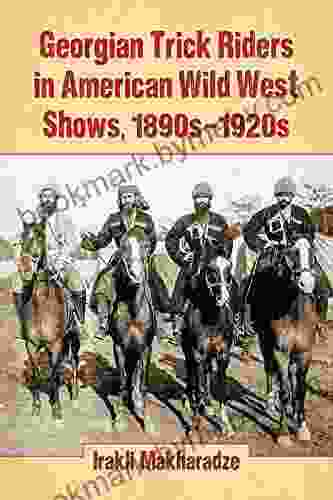
 Alec HayesEquestrian Excellence: Exploring the Daring Feats of Georgian Trick Riders in...
Alec HayesEquestrian Excellence: Exploring the Daring Feats of Georgian Trick Riders in...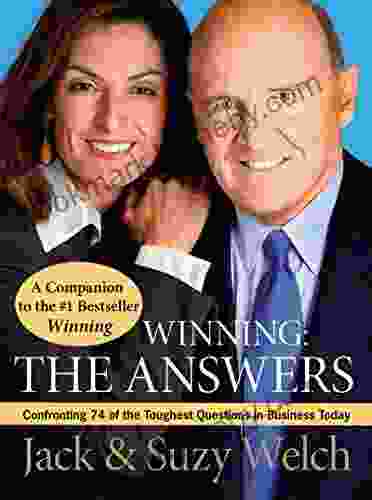
 Isaac MitchellConfronting 74 of the Toughest Questions: A Journey of Discovery and Meaning
Isaac MitchellConfronting 74 of the Toughest Questions: A Journey of Discovery and Meaning Gabriel Garcia MarquezFollow ·4.5k
Gabriel Garcia MarquezFollow ·4.5k Griffin MitchellFollow ·18.8k
Griffin MitchellFollow ·18.8k Chad PriceFollow ·6k
Chad PriceFollow ·6k Julian PowellFollow ·11.5k
Julian PowellFollow ·11.5k Billy PetersonFollow ·19.8k
Billy PetersonFollow ·19.8k Foster HayesFollow ·11.3k
Foster HayesFollow ·11.3k Clark CampbellFollow ·7.8k
Clark CampbellFollow ·7.8k Samuel Taylor ColeridgeFollow ·4.4k
Samuel Taylor ColeridgeFollow ·4.4k
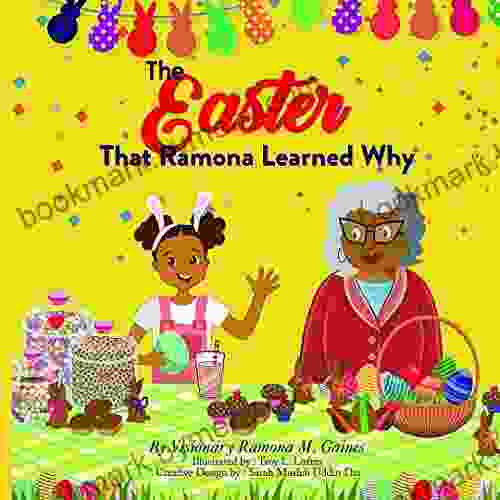
 Phil Foster
Phil FosterThe Unforgettable Easter: Ramona's Journey of Discovery...
Embark on Ramona's Extraordinary Easter...

 Levi Powell
Levi PowellThe Old City and Mount of Olives: A Journey Through...
Jerusalem, a city etched into the annals of...

 Henry Hayes
Henry HayesThe Clearances: A Journey Through Scotland's Hidden...
In the 18th and 19th...
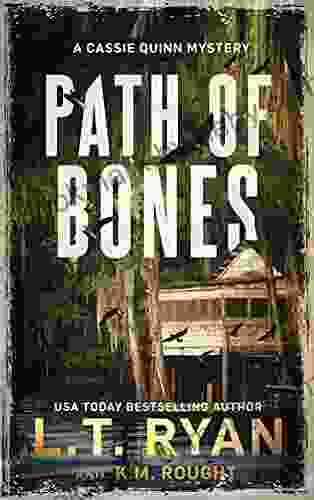
 Edward Reed
Edward ReedUnravel the Enigmatic 'Path of Bones' with Cassie Quinn...
Step into the...
4.6 out of 5
| Language | : | English |
| File size | : | 81565 KB |
| Screen Reader | : | Supported |
| Print length | : | 208 pages |


